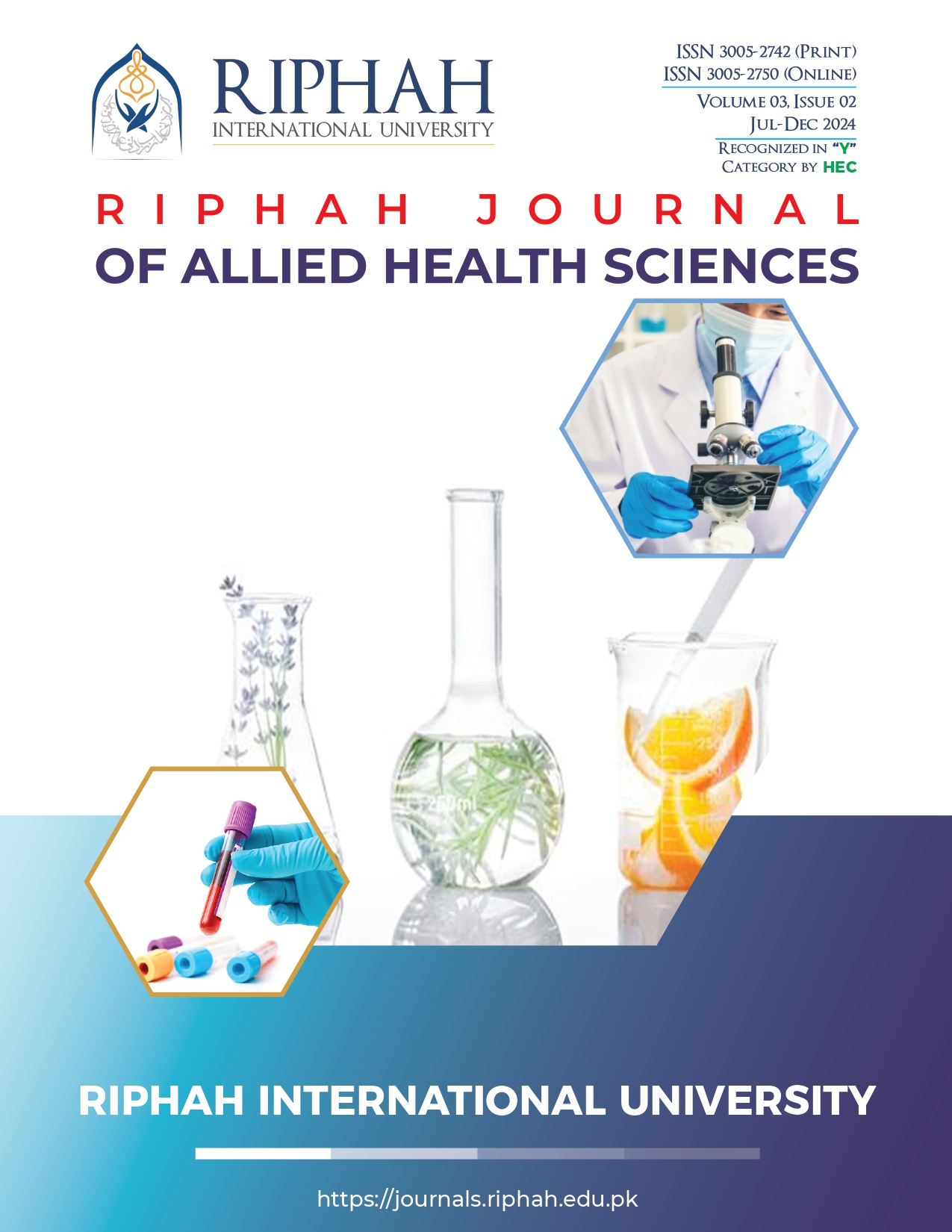Molecular subtypes of breast cancer and their clinicopathological correlations in a large cohort from Pakistan using immunohistochemistry
Keywords:
Breast Neoplasms, Molecular Subtyping, Immunohistochemistry, Estrogen Receptor, Progesterone Receptor, HER2 ProteinAbstract
Background: Breast cancer is a heterogeneous disease with many different molecular subtypes that affect prognosis and response to treatment. Immunohistochemical profiling for estrogen receptor, progesterone receptor, and HER2/neu provides a convenient method of subclassifying breast tumors and directing clinical management. Understanding the distribution and clinicopathological correlations associated with these subtypes can guide improvements in therapeutic strategies.
Objective: The present study is aimed to evaluate the frequency of molecular subtypes of breast cancer by immunohistochemistry and their relation with various clinicopathological features among the patients in Punjab, Pakistan.
Methodology: A cross-sectional study was conducted using formalin-fixed, paraffin-embedded (FFPE) tissue specimens from 800 patients with a confirmed diagnosis of invasive ductal carcinoma of the breast. All cases underwent immunohistochemical staining for estrogen receptor, progesterone receptor, and HER2/neu for classification into molecular subtypes. Clinicopathological data including age, tumor grade, menopausal status, tumor size, lymph node involvement, and family history were noted. Statistical analysis was done using descriptive statistics and chi-square tests.
Results: Among the patients, luminal A was the most frequent molecular subtype (30.6%), followed by luminal B (29.3%), triple negative (23.1%), and HER2-enriched (17.0%). Moderately differentiated tumors accounted for 55.4% of cases. Premenopausal women predominated in luminal A and B subtypes, whereas triple negative tumors were more common in postmenopausal women. The HER2-enriched subtype showed the highest rate of lymph node involvement (69%). Tumor size was largest in luminal A cases. Family history was most frequently observed in the luminal A subtype. These associations were statistically significant.
Conclusion: The outcome of this investigation reveals the relative incidences and clinicopathological correlations of breast cancer molecular subtypes in a defined population. Immunohistochemistry is crucial for individualized treatment planning, which in turn will enhance clinical outcomes.


